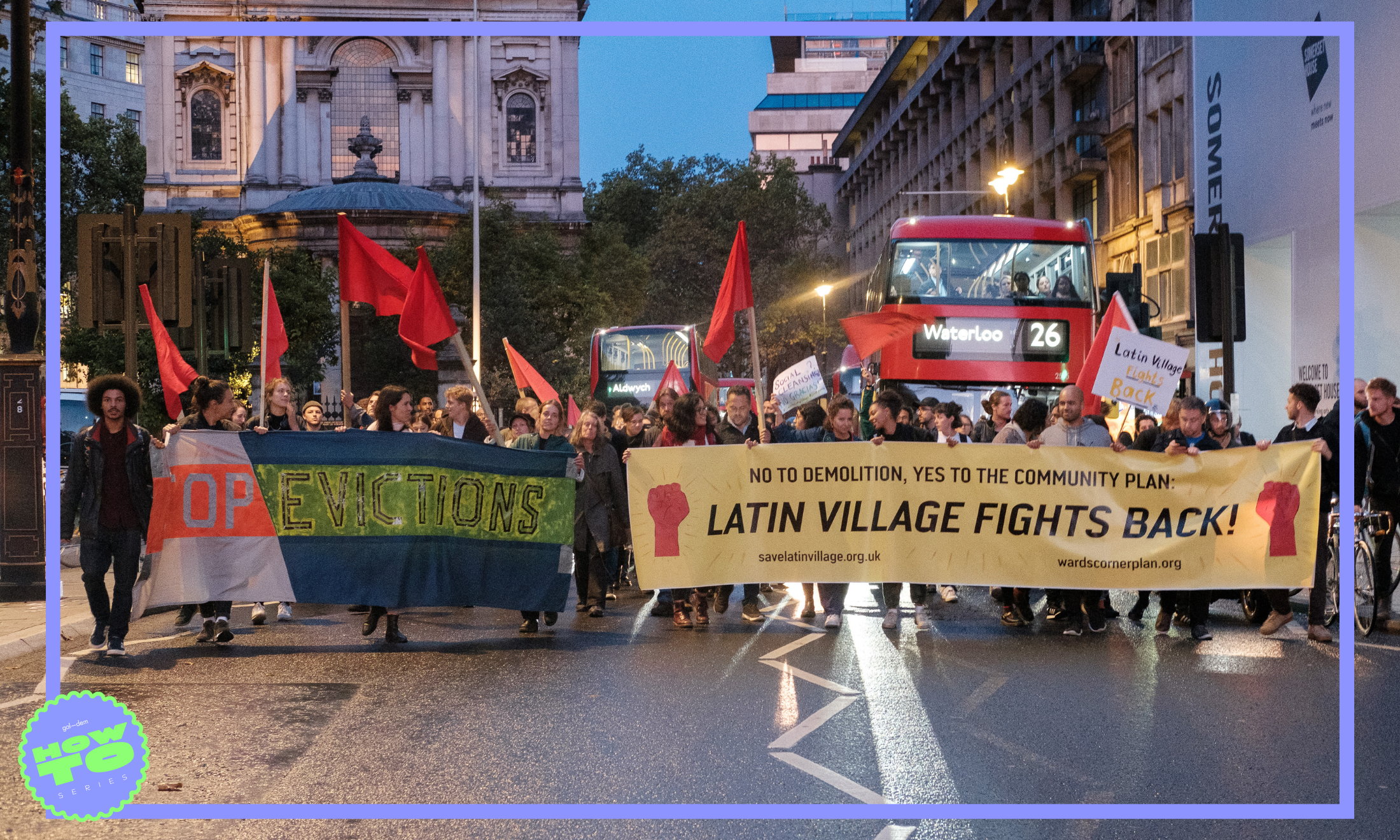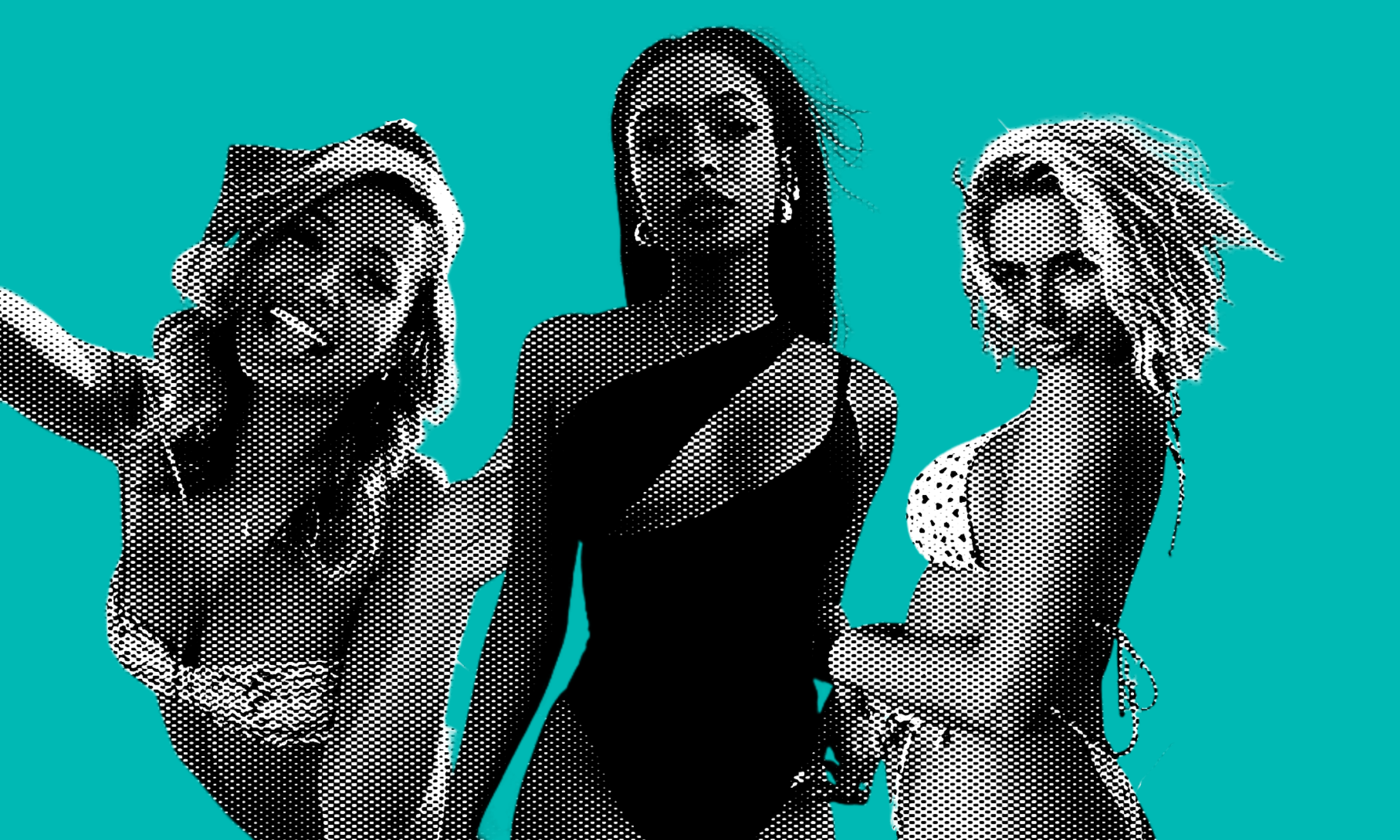
A second ambassador of the brand’s “game changing campaign” has been taken down after a backlash surrounding their vocal opinion on social media. And it leaves me wondering what exactly mainstream brands are hoping to achieve when they hop onto the “diversity” bandwagon.
Last week, L’Oréal were praised as they “made history” for being the first mainstream brand to feature a Hijabi model in a hair campaign. On Monday Amena Khan, the British beauty blogger publicly announced that with “deep regret” she had “decided to step down” from the latest L’Oreal campaign. After emerging into the media spotlight, Twitter posts written in 2014 had resurfaced, surrounding controversy and accusations of the blogger being “anti-Israeli”. In her Instagram post she wrote:
“I deeply regret the content of the tweets I made in 2014, and sincerely apologise for the upset and hurt that they have caused…I’ve decided to step down from this campaign because the current conversations surrounding it detract from the positive and inclusive statement that it set out to deliver.”
Now, I’m not here to discuss the topic of her tweets, or talk about whether her opinion is right or wrong. I’m not writing to highlight how it is unjust to critic a person’s character based on comments posted four years ago. But I will say it is discriminating to tarnish a career and make an individual step down from a platform they have worked hard for, simply because their opinion or voice does not correspond with the mainstream.
“If those diverse voices are shut down for speaking out, then what is the purpose of the campaign?”
This follows six months after previous controversy with another diversity campaign by L’Oréal. Munroe Bergdorf, a black transgender model, was chosen as the face of the company’s latest True Match campaign. The brand was celebrated for taking a big step in the beauty industry – but of course with that came a price. Munroe spoke out on Twitter about white people and her beliefs on existing unconscious racism.The company then fired her for being at “odds” with their “values”. In response, Munroe wrote to Broadly:
“I strongly believe this instance speaks volumes about the true motives of brands and empowerment campaigns…You can’t just use the images of people of colour to profit from an untapped demographic; you need to actually support the people you are representing.”
Amena was called “anti-Israeli” and Munroe “anti-white”, and they both left the company. I think now would be the appropriate time to call L’Oréal “anti-opinion”.
Amena Khan was left out to dry, and silenced from a campaign that she was excited about, and believed it would allow her to pursue her passion in “championing diversity”. Speaking to Vogue about the campaign, she hailed the brand “…because what they’re really valuing through the campaign is the voices that we have”. Yet it was the same voice that costed Amena and Munroe their job.
There is no point in choosing a model for their “diverse voice”, if they are expected to sit pretty and stay quiet. Companies’ attempts to centre campaigns around championing diverse voices are failing because those voices are prevented from being heard. If those diverse voices are shut down for speaking out, then what is the purpose of the campaign?
Taking away a voice just means your campaign is modelling a face, which makes your campaign no different to the rest. Choosing a face that is coloured, is in a Hijab or is of a different racial identity to the norm, does not make your campaign meaningful. Especially if you then expect their voice to follow with the mainstream.
Underrepresentation will not be solved if representatives are unable to speak about their encounters and beliefs. Working towards inclusion and diversity is an active process, and cannot be ticked off by using a person of colour as a source of revenue. In order to empower the underrepresented, individuals must be given the power to take action. This power and process does not lie in simply choosing a PoC to hold your company’s name.
“Diversity has become an aesthetic of the mainstream. Yet with each attempt, companies fail to acknowledge and deliver the depth that comes with it”
For anybody who is still failing to see what the problem here is – listen up. Companies are continuously making a tokenistic attempt – or should I say failed attempt – at diversity and inclusion. And when things go wrong the individual is taken out of the picture. But diversity is not something that can be disposed of so easily. And it certainly is not a light-bulb office idea that can be used to move forward in the industry.
If a company intends to champion diversity, they have to champion diverse beliefs. With the inclusion of representing diverse identities, is the inclusion of free speech. With the title of being game changers, is the responsibility of giving freedom to its ambassadors.
Season to season, there is a rise in brands choosing to host PoCs on their magazine fronts and ad campaigns. But each time, it seems like inclusivity is just being used as a marketing strategy to spice things up and boost sales. Diversity has become an aesthetic of the mainstream. Yet with each attempt, companies fail to acknowledge and deliver the depth that comes with it.
With the face, there is the voice. Without the voice, there is no diversity. It really is that simple.
Yes, PoCs have “broken the stereotypes”, been crowned the “first”, baked the cakes and won the Olympic medals. But it is now time to include our voice, our beliefs and our opinion. We don’t need to be plastered on adverts or be featured with a big-shot brand to feel accepted. We want our influencers to be heard. The diversity should be represented in people’s thoughts and in their voice – not in their skin tone. Ambassadors chosen for a “diversity” campaign should be able to use their platforms to unapologetically deliver the uncensored truth.
If that is impossible to handle then we advise you to avoid walking the walk, if you cannot talk the talk. And never give someone the mic if you aren’t willing to hear what they have to say.










